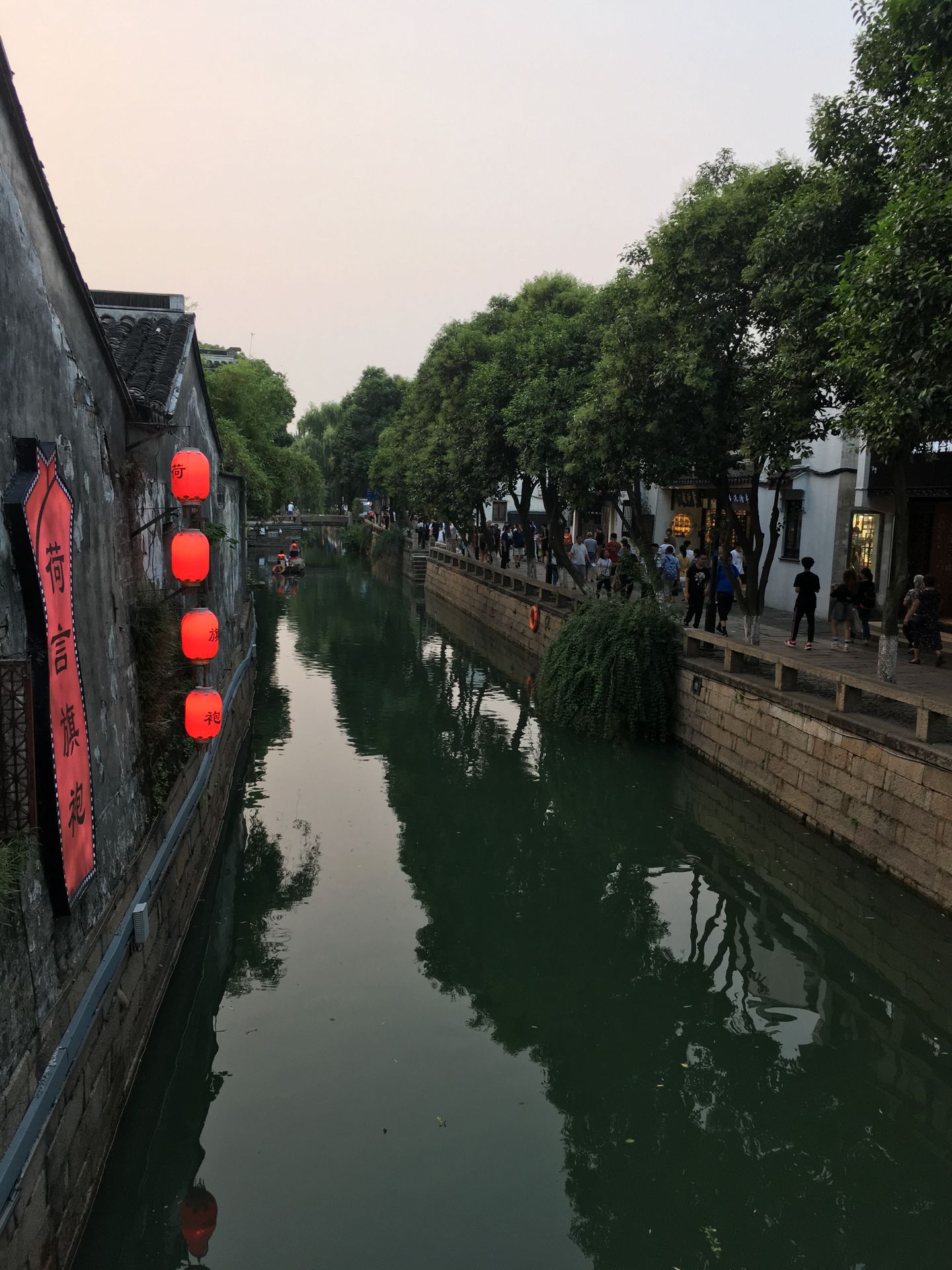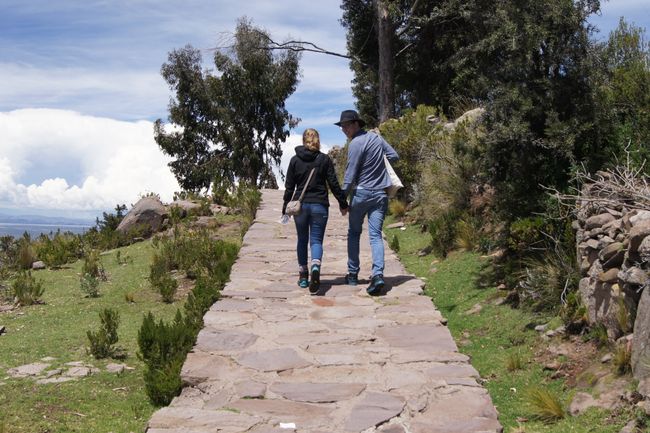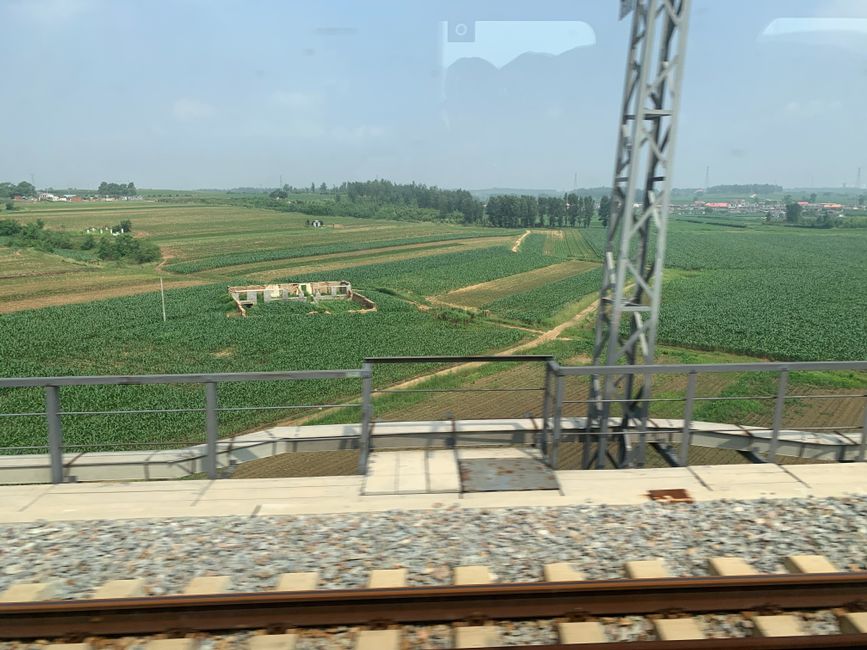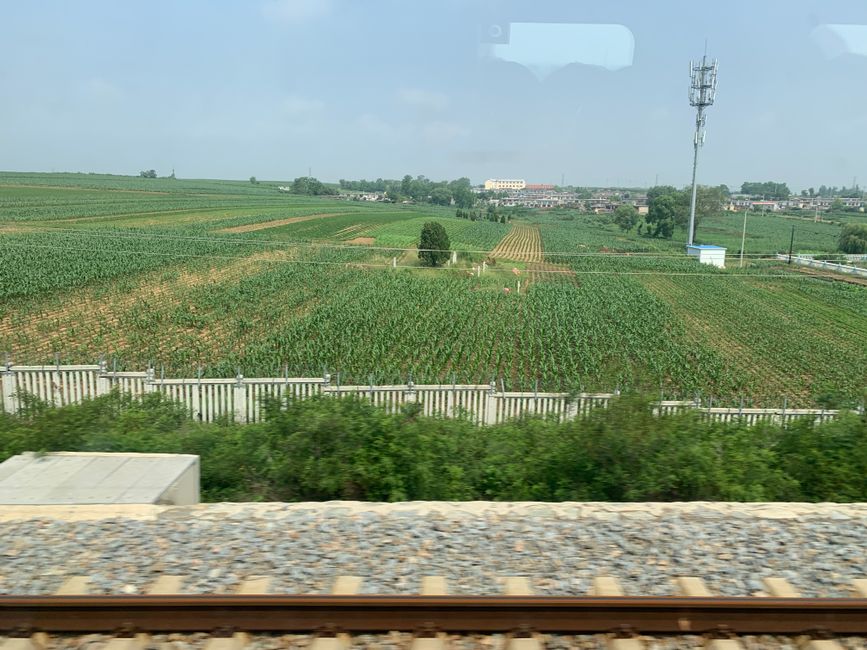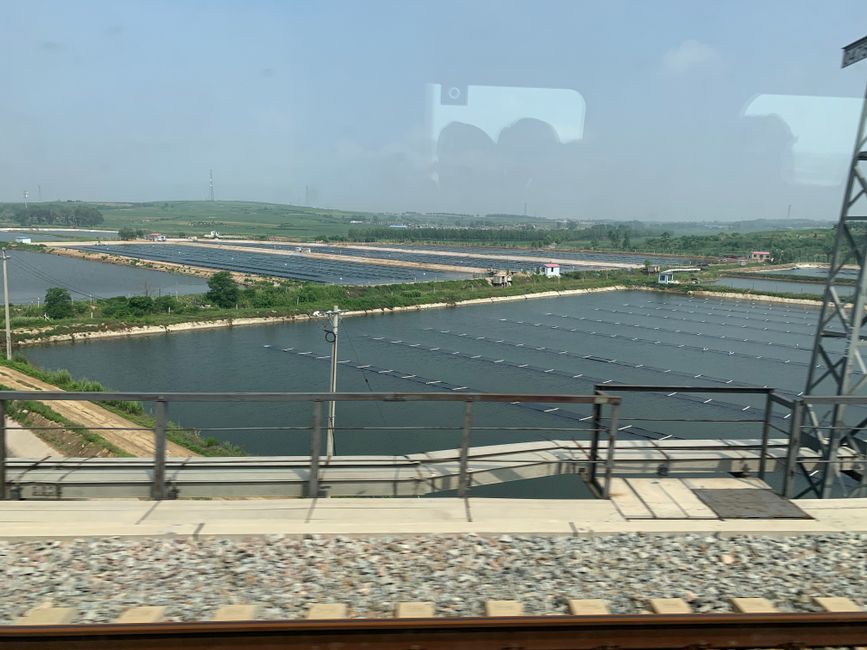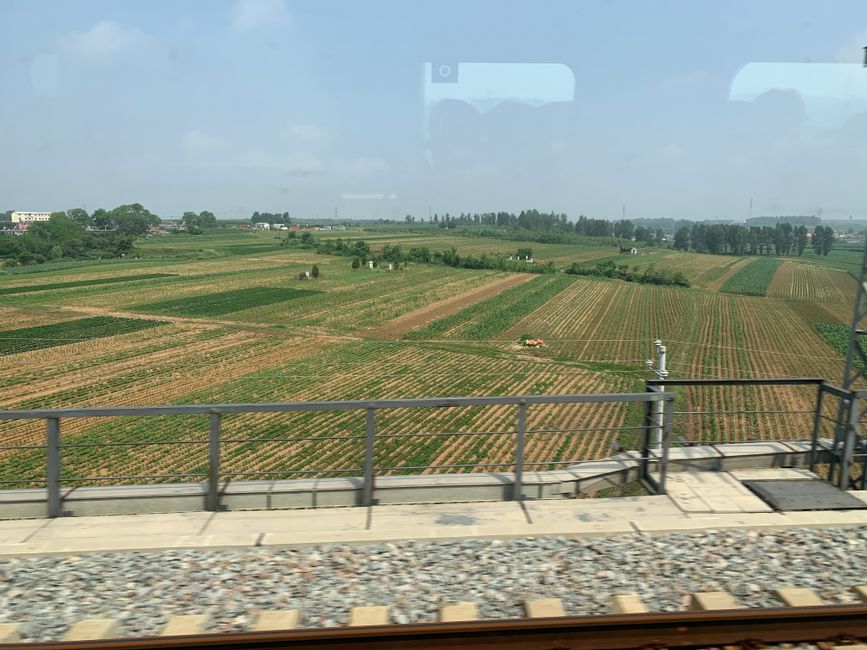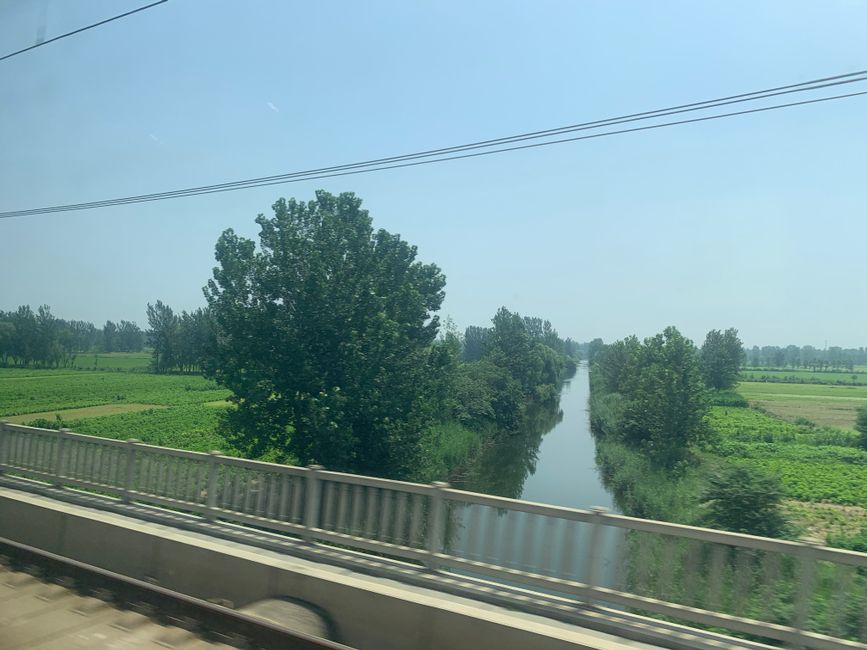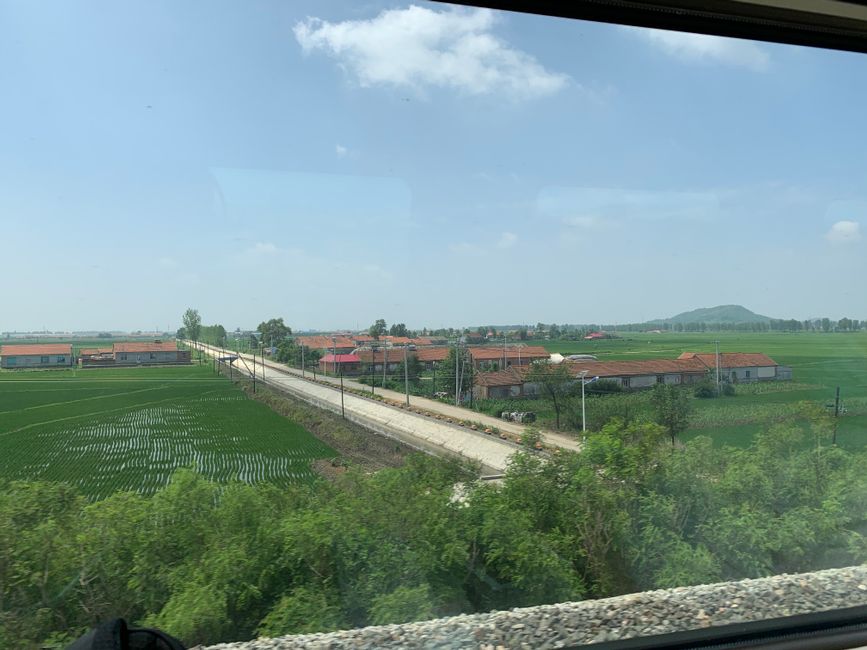Country side - From the train's perspective
ຈັດພີມມາ: 02.08.2020
ຈອງຈົດຫມາຍຂ່າວ
Train travel in China shows how pleasant and easy an alternative to cars and planes can be. Zooming from Suzhou to the center of Shanghai in 25 minutes on the high-speed train. Or traveling overnight in a cozy sleeper compartment from Suzhou to Xi'an, covering 1000km. Or taking a 2200km day trip at over 300km/h from southern China to Suzhou, crossing gigantic bridges and endless tunnels through the mountains. The reliability, flexibility, and independence are simply awesome. But there's enough for a whole entry in that ;) Today, let's talk about what can be seen on the other side of the window.
On train journeys through rural areas, a similar view often presents itself when looking out of the window. Every meter of land is cultivated: rice, corn, cereal fields, water crops, livestock barns, and greenhouses as far as the eye can see. All divided by maple and poplar forests. And everywhere there are idyllic, beautiful little villages with single-family houses and small farms. The sight is reminiscent of a trip through the Danube Valley. A soothing contrast to the towering residential high-rises with small residential plots sandwiched between factories and power plants in cities like Shanghai (described in the Hangzhou post). China is not just a smog-filled metropolis.
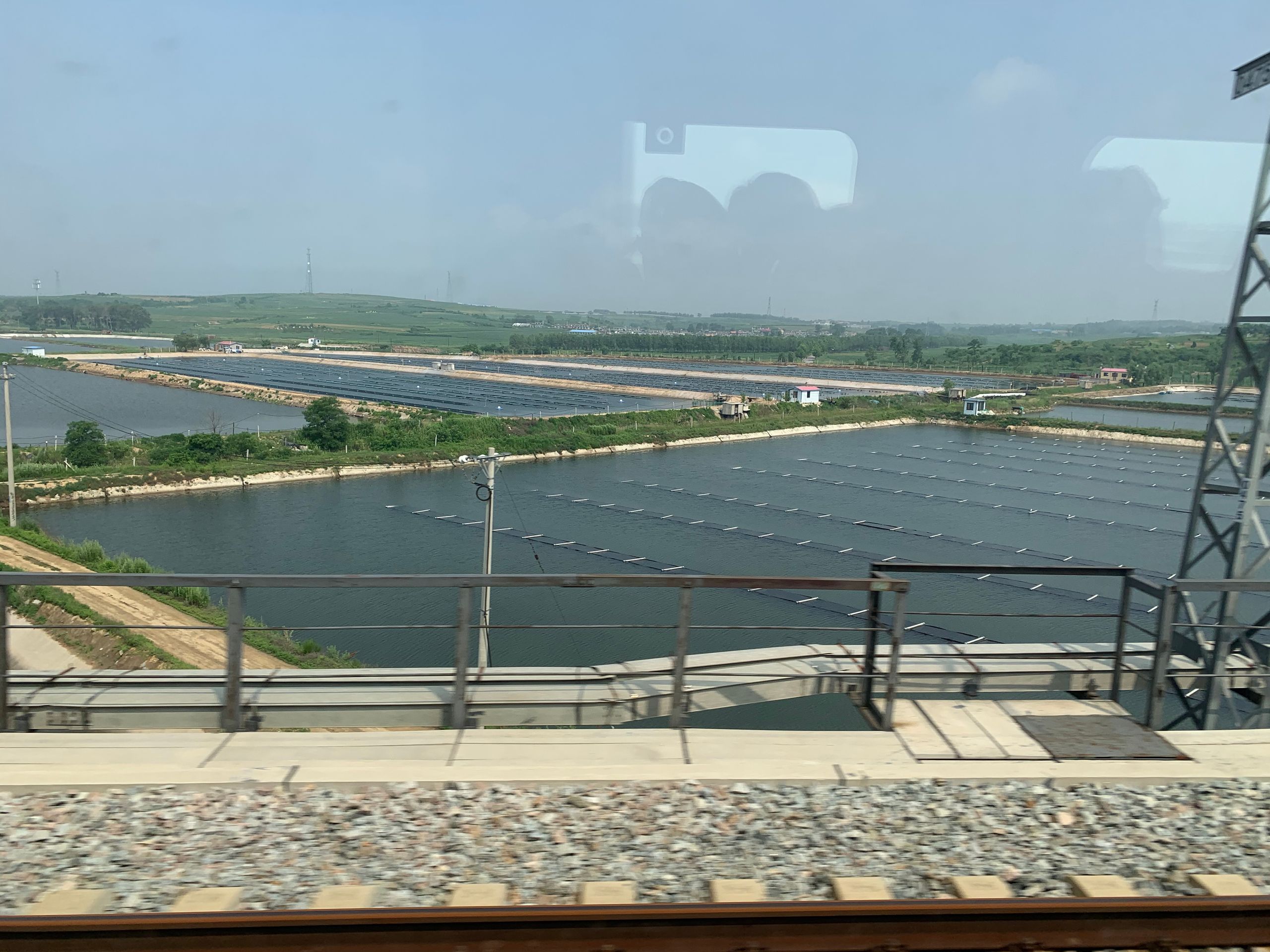
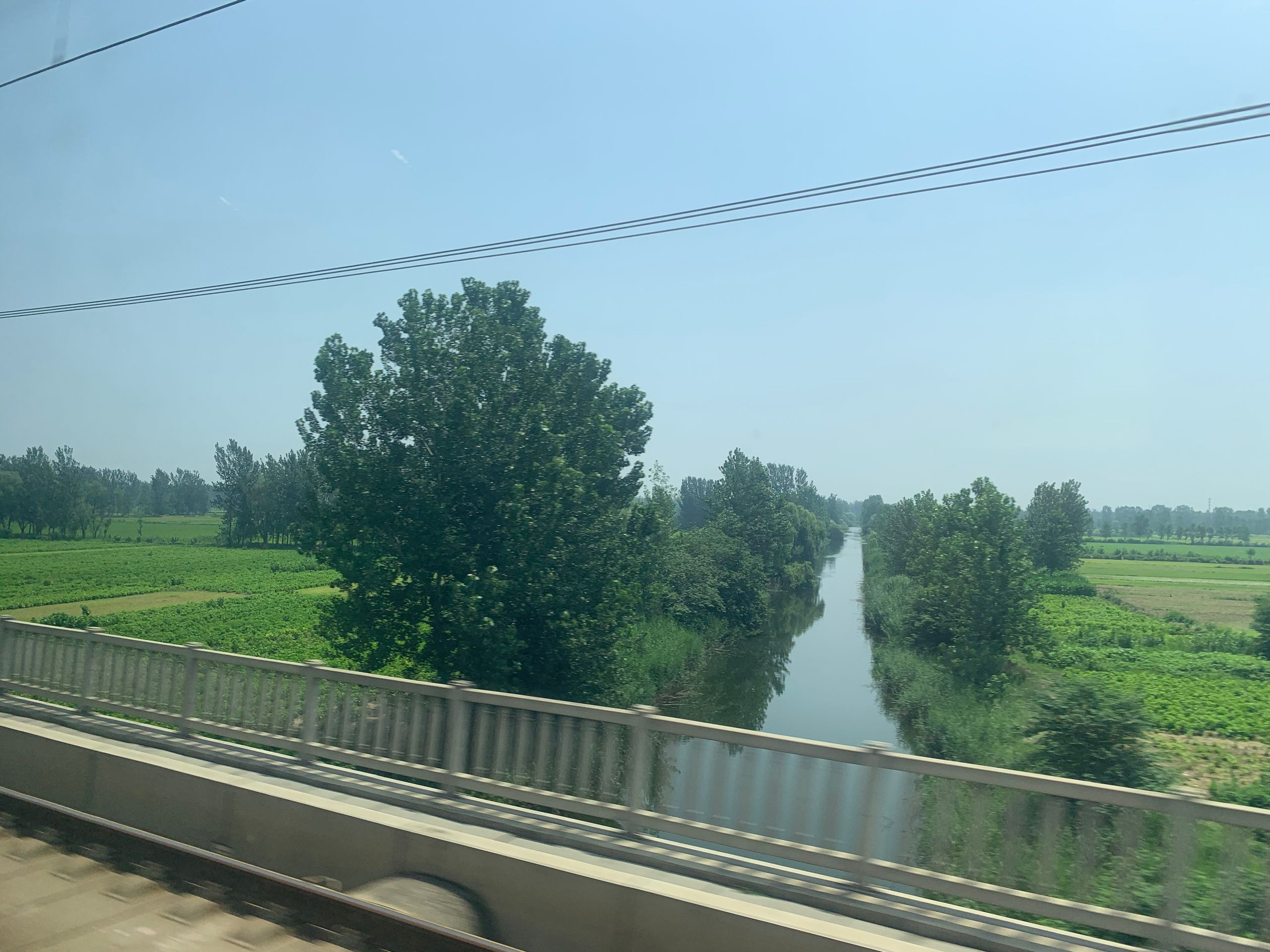

The sight of graves scattered throughout the fields is unusual. In Liaoning (a province in northern China), the graves are usually marked with large stones, while in Anhui (eastern China), they are often small mounds covered in colorful flowers. According to our friends, it used to be common to bury ancestors in the fields because religious cemeteries are no longer found, especially since the Cultural Revolution. Today, the government encourages burials in state cemeteries, but some field graves do not look very old.


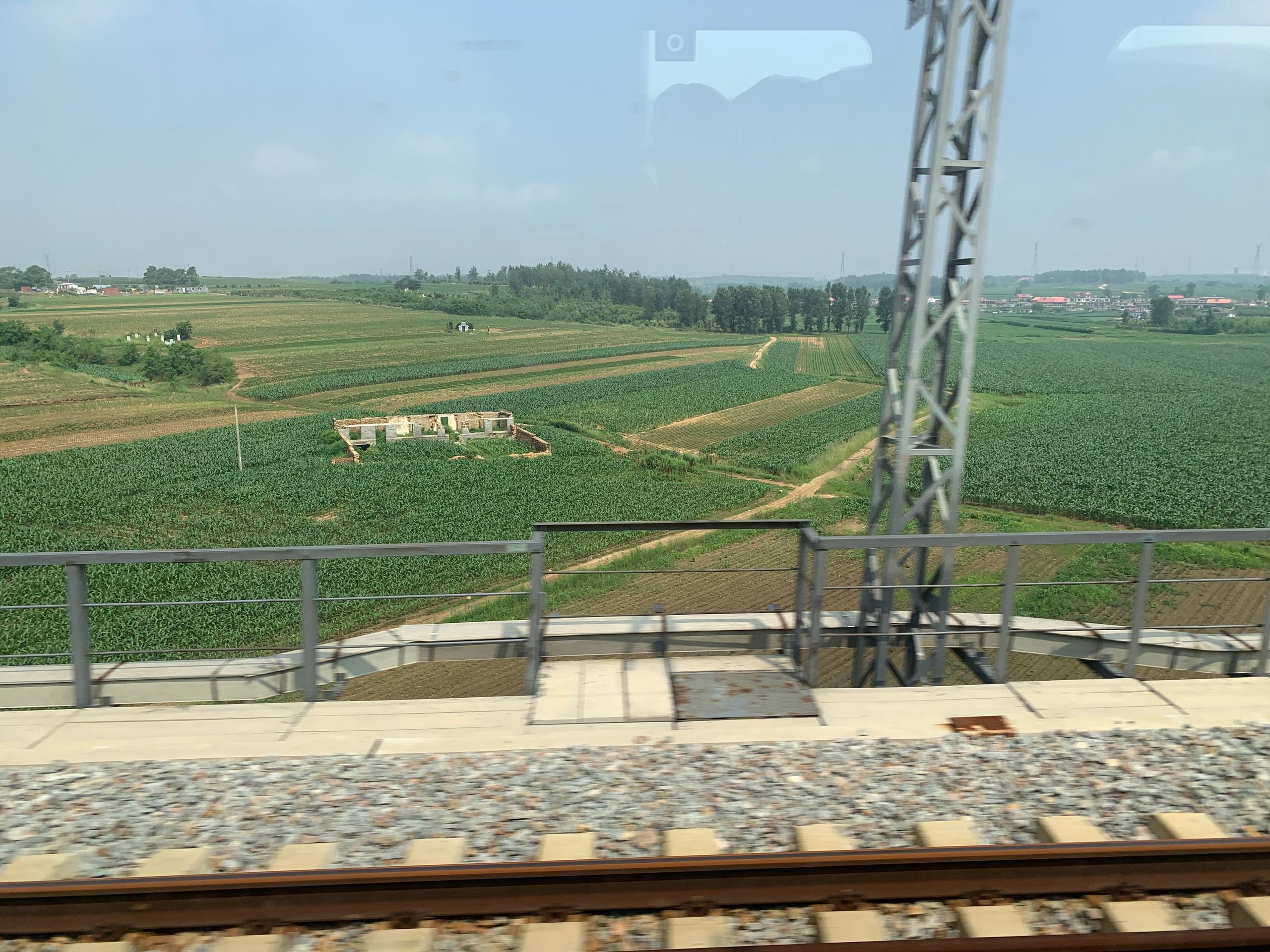
ຈອງຈົດຫມາຍຂ່າວ
ຄໍາຕອບ (1)
Ulrike
Wieder sehr interessant! Der Gedanke im letzten Abschnitt hat schon was für sich. 😉